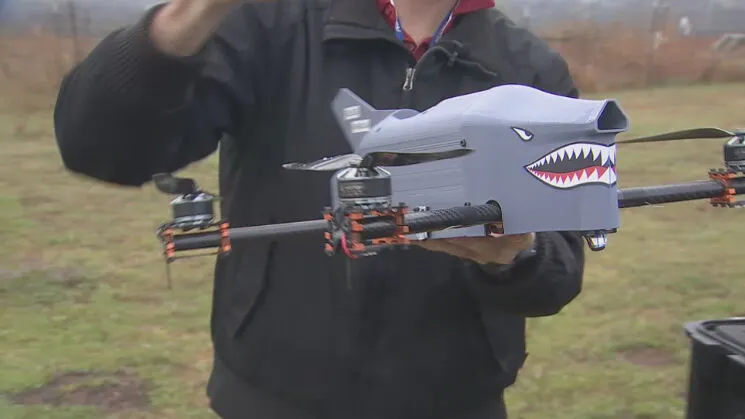How Drone Technology is Helping Scientisits Study, Track Severe Weather
Scientists at NOAA and the University of Oklahoma are using drones to learn more about how severe weather forms. Tulsa’s News On 6’s Stephen Nehrenz took a trip to Norman for an up-close look at the high-flying research.
Severe weather season is here and some researchers in our state are using this time to study the skies.
Scientists at NOAA and the University of Oklahoma are using drones to learn more about how severe weather forms.
A wide-open field in Purcell serves as a regular takeoff spot for a 3D-printed drone that researchers call this one the shark.
The same sensors that NOAA and OU researchers use in weather balloons are built into the drones but they offer more precision and personality.

“When you launch balloons, you are losing them every time and also another thing is that weather balloons are drifting with the wind, so you’re not getting like an exact column of air,” said research engineer Dr. Tony Segales, Research Engineer
The drones are built to fight the wind so they can still zip through the sky during severe weather. The team was near the deadly Rolling Fork tornado outbreak in Mississippi last year.
“We sampled that data from those storms and there was actually some really good success improving the forecast on that,” said Segales.
The team also goes out on quieter days to get a full picture of the atmosphere, no matter what the weather’s doing. Research Scientist Dr. Tyler Bell says they’re able to collect data on temperature, humidity, wind speed, wind direction, and pressure.
“With these higher resolution measurements and with more measurements, we should be able to produce better forecast,” said Bell.
It a new way to Use the power of flight to learn more about what’s happening in the sky.
Watch
This story was aired and can be watched here